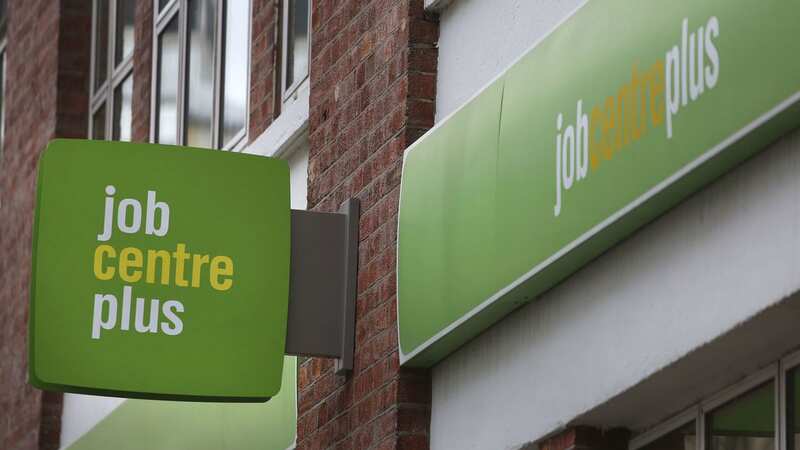

The UK's unemployment rate was lower than initially estimated in the three months to November, according to the Office for National Statistics (ONS).
The ONS has revised the unemployment rate down to 3.9% for the quarter, from the previous estimate of 4.2%. Additionally, the inactivity rate has been revised up to 21.9% in the three months to November, from the previously recorded 20.8%.
This follows changes to the ONS labour force survey due to low responses making the data unreliable. Experts suggest these changes indicate that the UK jobs market is more robust than first thought, which could influence the Bank of England's caution over interest rate cuts.
Workforce data is a key indicator of the wider economy's health and plays a significant role in the Bank's rate decisions. The Bank has been closely monitoring wage data in its efforts to bring high inflation back to target.
Since July last year, official figures have been estimating employment and unemployment rates using separate government tax records and data on unemployment benefit claims. According to these estimates, the unemployment rate has remained steady at 4.2% since the three months to June 2023.
 8 money changes coming in February including Universal Credit and passport fees
8 money changes coming in February including Universal Credit and passport fees
The Office for National Statistics (ONS) has corrected previous data, revealing a lower unemployment rate of 4% in the three months to October and 4.1% in the three months to September, down from the previously reported 4.2%. However, there's concern as the inactivity rate has been worse than initially estimated, with revisions dating back to at least April to June last year.
The ONS is striving to improve the accuracy of these figures, with recent changes made to better account for population growth and low response rates. The revisions are largely due to shifts in the population structure, with more young people and women being economically inactive, while female employment levels have dropped.
The ONS has reintroduced face-to-face interviews for its labour force survey and increased the sample size in January. They're also working on a completely revamped online-first labour force survey, aiming to publish early estimates in July and make it the main labour market publication from September.
Investec economist Philip Shaw suggests that this lower-than-expected jobless rate might cause the Bank of England to be more cautious about reducing borrowing costs. He said: "Last week's Bank of England Monetary Policy Report highlighted the significance of labour market conditions in determining long-term inflationary pressures, and so this release is likely to result in the Monetary Policy Committee taking a more cautious approach in assessing the appropriate time to bring interest rates down."
"UK interest rate markets have dialled back on their optimism of rate cuts this year, but are nonetheless pricing in three to four 25 basis point cuts this year." Investec has said they still think rate cuts will start in June.
The Resolution Foundation think tank has found that Britain has a bigger, but sicker workforce than we thought before. Hannah Slaughter, a top economist at the Resolution Foundation, shared: "Of particular concern is the fact that a record 2.8 million people in the country are currently inactive due to ill health."
She aded: "Tackling rising ill health is a huge social and economic challenge that we'll be facing throughout the 2020s, as will getting the UK employment back up to and beyond pre-pandemic levels." A Government spokesperson responded: "We know many people still face complex barriers to work, which is why we are investing billions through our Back to Work Plan to support people with disabilities and long-term health conditions to stay and succeed in work."
* An AI tool was used to add an extra layer to the editing process for this story. You can report any errors to webhomepage@mirror.co.uk